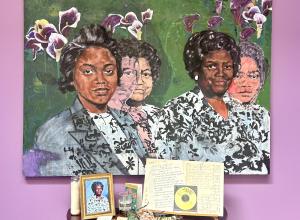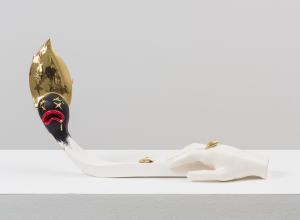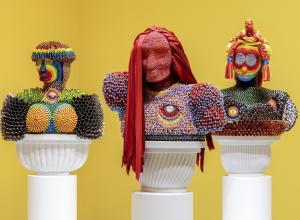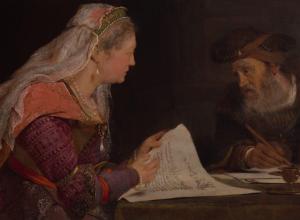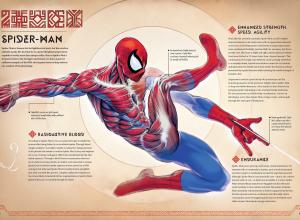Museum-goers, this author included, are often guilty of walking past still life paintings of food, dismissing them as dull and anodyne. Yet, taking in the context of when they were created, these works of feasts and even ordinary fare are often as political as they are historical.
Art News
So much of what we know about art comes from art historians, but how much do we know about the art historians themselves?
In the second installment in our series on jewelry’s place in art history, we’re exploring jewelry collecting in the Renaissance, a time when jewels were considered as valuable to possess and display as painting and sculpture.
When we think of Leonardo da Vinci’s most notable works, it would be easy to assume the women behind the Mona Lisa or Lady with an Ermine were his muses. One may therefore be surprised to discover that his pupils, Gian Giacomo Caprotti and Francesco Melzi, have the honor of this distinguishment.
Indiana Jones is a terrible archeologist. Yet, despite the films having next to nothing to do with actual archeological work, he is somehow the most famous icon of the field. Those within the field might perhaps be able to console themselves with the hollow comfort that “all press is good press.” But when the primary poster child of one’s field has dedicated their life to being an ethical and moral nightmare gussied up under the mask of a heartthrob’s charming smile, the sentiment rings a bit too dissonantly.
Much as the late nineteenth-century American myth of Manifest Destiny was used to justify westward expansion, many history paintings worked to shape and uphold stories of superiority and inferiority. This popular genre of painting, especially when applied to the depiction of historical events, sheds light on the manner in which art can be used to manipulate the truth.
Even though Dostoevsky’s drawings feel like a byproduct of his writing process and Plath’s more like an independent form of expression, both still seem linked to an abundance of creativity and the works generated feel like art. Can anyone who makes art truly be called a non-artist?
Ranked as one of the best Historic Black Colleges and Universities (HBCUs) in America, Howard University is often referred to as “The Harvard of HBCUs.” Established in 1867, Howard is one of 101 HBCUs in the United States and offers undergraduate, graduate, and professional degrees in over 120 programs.
Sculpture gardens are outdoor spaces that unify art and nature, allowing visitors to slow down and reflect while immersing themselves in a creative environment. We’ve chosen six sculpture parks and gardens all across New England that best exhibit the art that the Earth has to offer, alongside man made creations.
While audiences have always loved a good biopic, finding the stories of artists and other changemakers particularly fascinating, gender bias has often led female creators to be downplayed as lovers, muses, or props to talented men.


![DEl Kathryn Barton [Australian b. 1972] the more than human love , 2025 Acrylic on French linen 78 3/4 x 137 3/4 inches 200 x 350 cm Framed dimensions: 79 7/8 x 139 inches 203 x 353 cm](/sites/default/files/styles/category_card_187x139/public/ab15211bartonthe-more-human-lovelg.jpg?itok=LJbNuU6F)

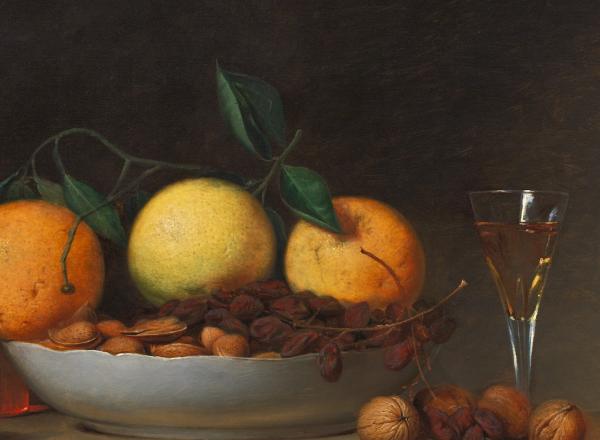
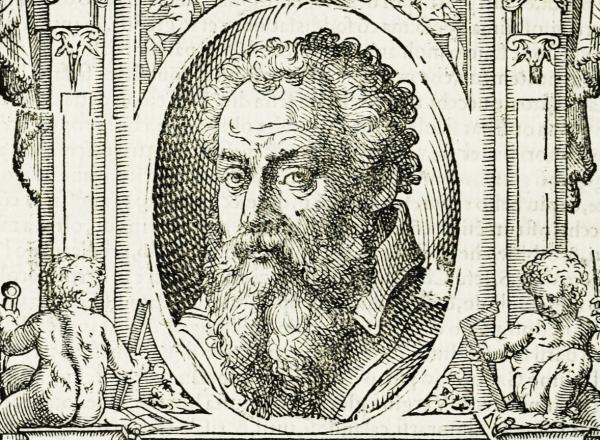
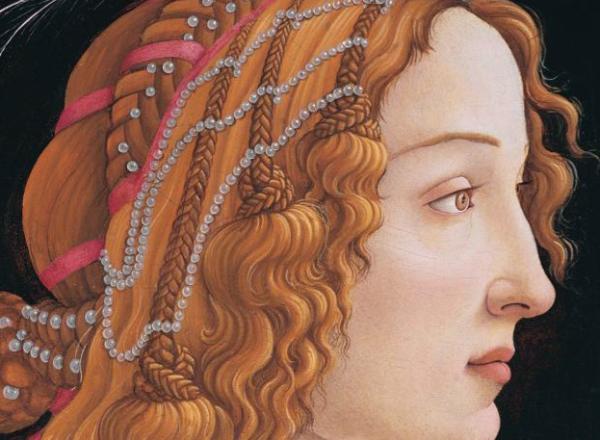
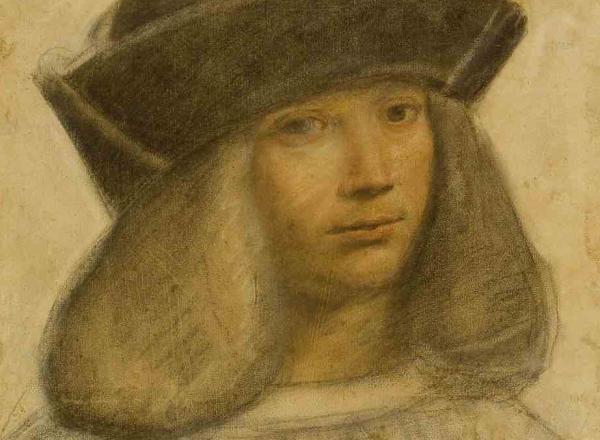
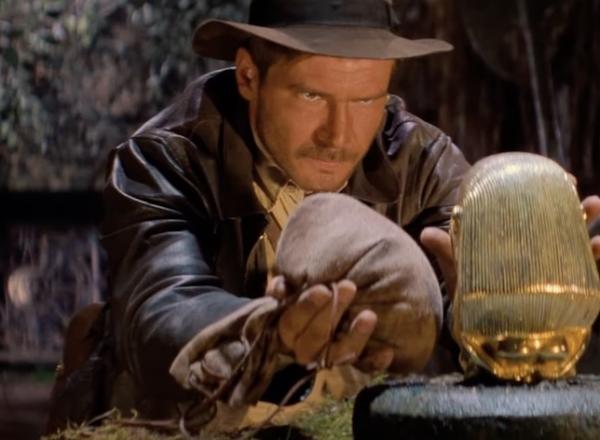
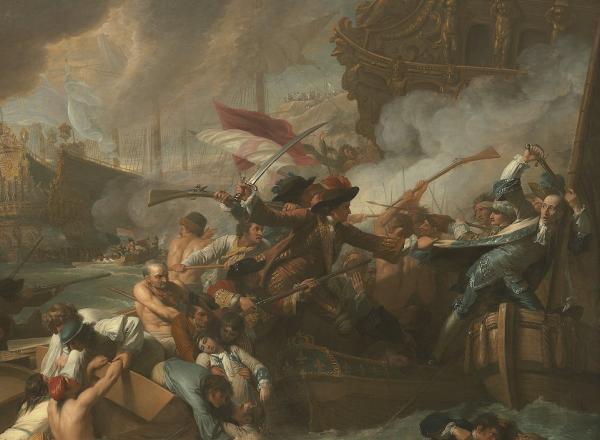

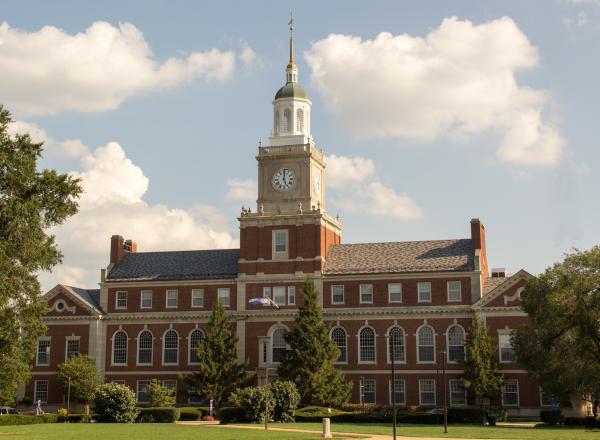
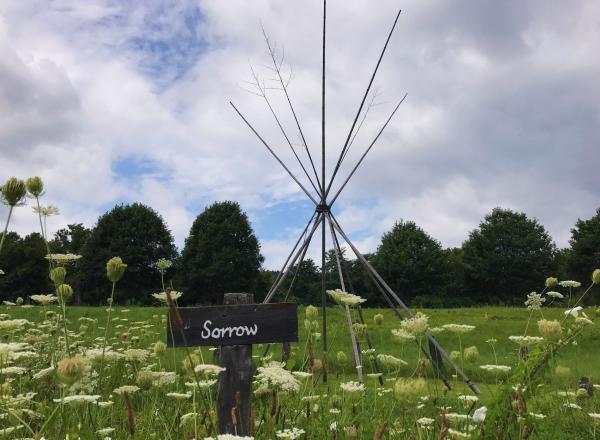
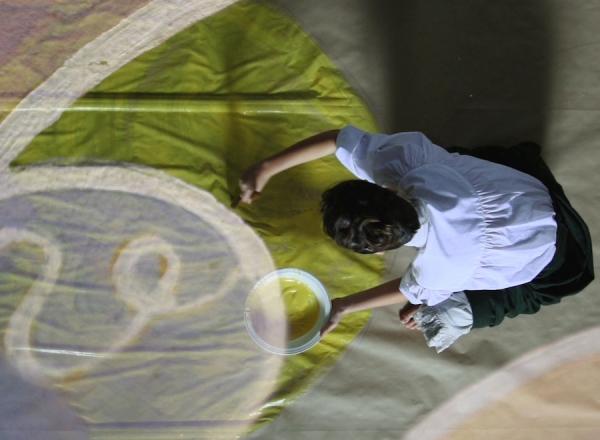

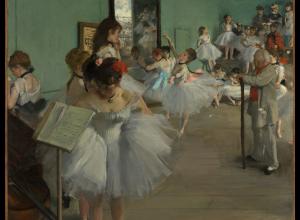
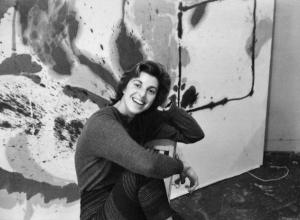
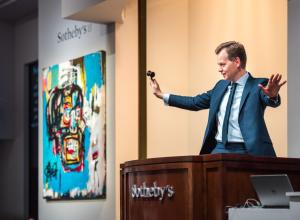
![DEl Kathryn Barton [Australian b. 1972] the more than human love , 2025 Acrylic on French linen 78 3/4 x 137 3/4 inches 200 x 350 cm Framed dimensions: 79 7/8 x 139 inches 203 x 353 cm](https://www.artandobject.com/sites/default/files/styles/image_5_column/public/ab15211bartonthe-more-human-lovelg.jpg?itok=wW_Qrve3)

